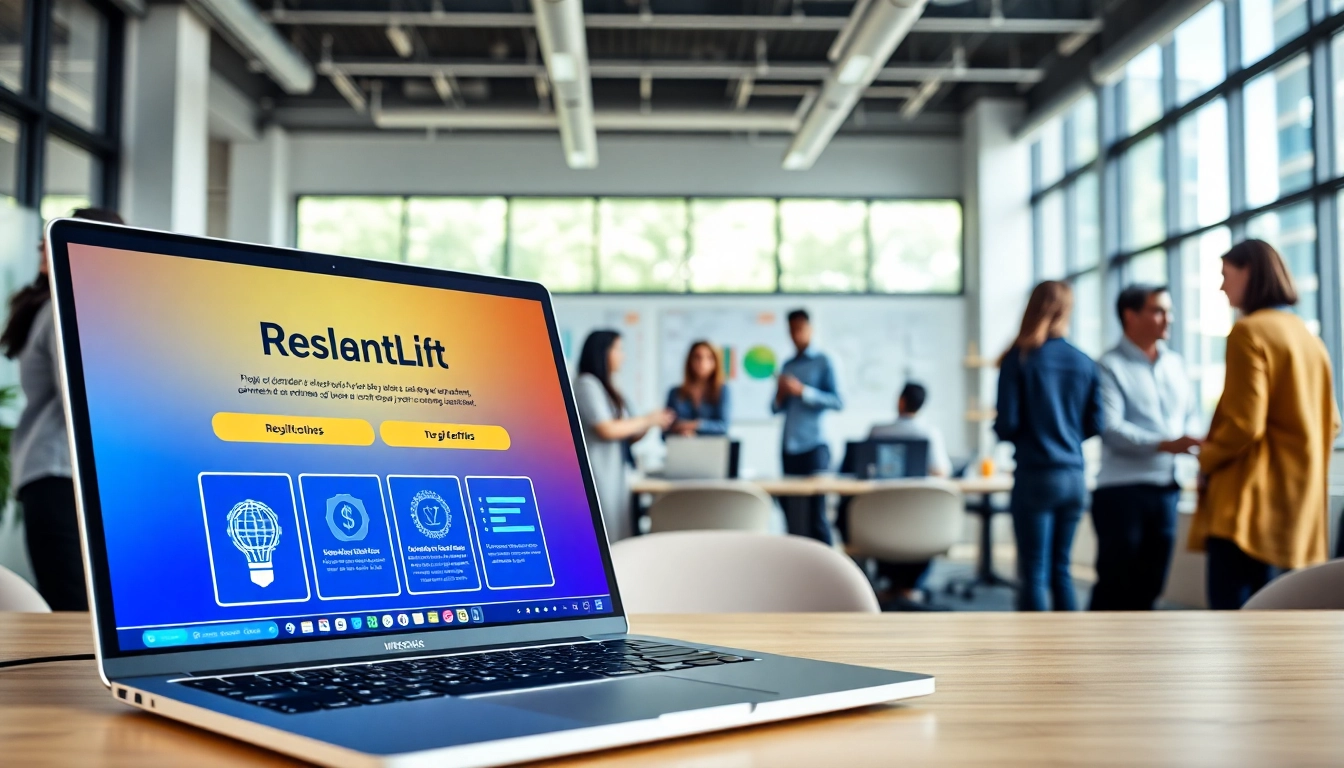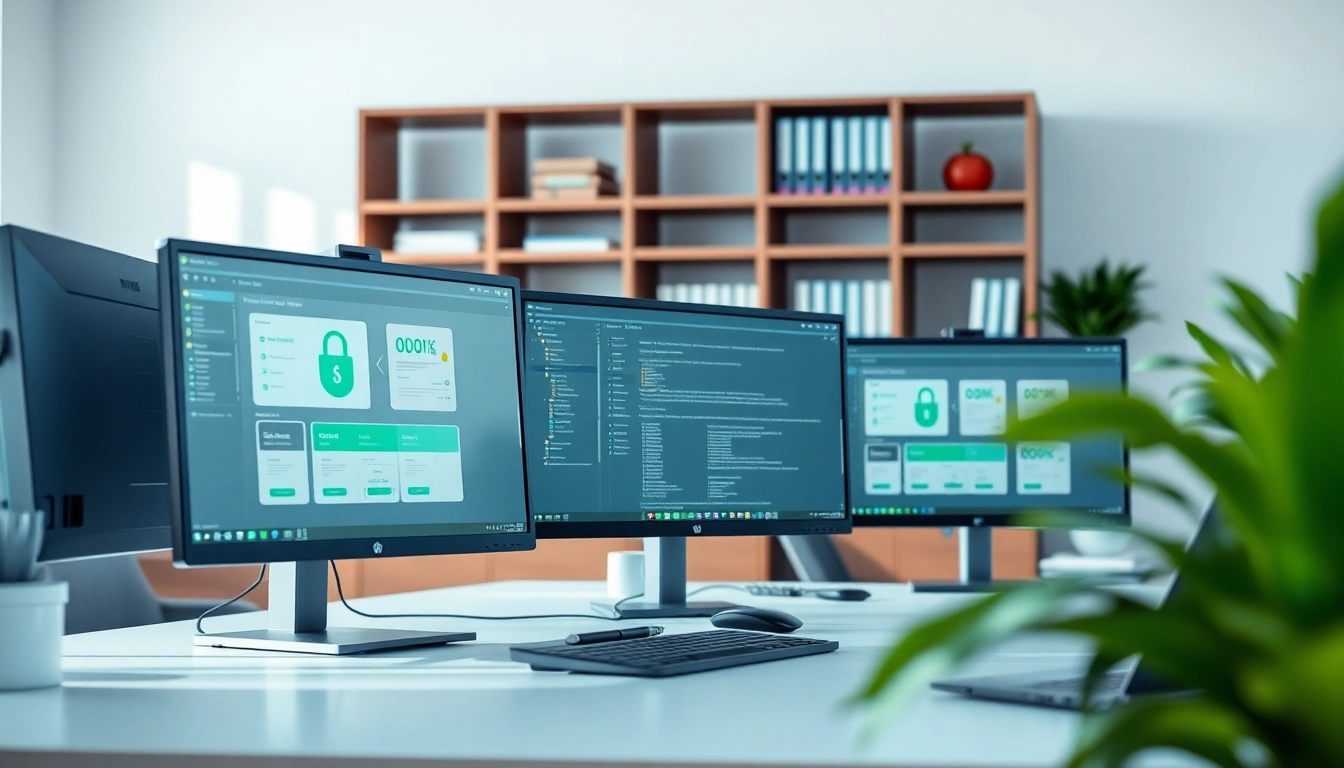What is Digital Proof of Ownership?
Definition and Key Concepts
Digital proof of ownership refers to the secure electronic verification that a person or entity has rightful ownership over a digital asset, such as a domain name, digital file, or even cryptocurrency. This concept integrates advanced technologies like blockchain and digital signatures to establish trust and authenticity in transactions. Unlike physical proofs of ownership, which can be lost or forged, digital proofs are immutable and easily verifiable, making them a more reliable method in the increasingly digital world.
Historical Context and Evolution
The evolution of proof of ownership can be traced back to traditional forms of titles and deeds. In the early days, ownership was established through paper documents, which were susceptible to loss, damage, or fraud. As technology advanced, particularly with the advent of the internet and blockchain technology, the concept of ownership transformed. Digital certificates, initially used in communication security, began paving the way for more sophisticated methods to validate ownership online. The need for secure and proofed ownership became particularly evident with the rise of digital assets, leading to the current framework of digital proof of ownership.
Comparing Traditional and Digital Methods
In traditional methods of proof of ownership, one often has to rely on physical documents that can degrade or be manipulated. For example, a car title can be forged, or a land deed can be lost. On the other hand, digital proof of ownership uses cryptographic techniques to secure data in a way that makes tampering nearly impossible. Additionally, digital systems allow for instantaneous verification, whereas traditional methods often require a lengthy process through multiple parties. The comparison highlights the benefits of efficiency and security that digital methods bring into an era where online transactions are daily occurrences.
Benefits of Digital Proof of Ownership
Enhanced Security Measures
Digital proof of ownership enhances security by relying on encryption and decentralized technologies, primarily blockchain. This creates a tamper-proof ledger for transactions, ensuring that once ownership is recorded, it cannot be altered without consensus. For businesses, this security measure reduces susceptibility to fraud, as ownership validation becomes transparent and verifiable in real-time. Moreover, biometric data and multi-factor authentication can further strengthen security, giving users confidence in the integrity of their digital assets.
Streamlined Verification Processes
The traditional verification processes often require significant time and resources, necessitating physical visits, documentation checks, and third-party confirmations. In contrast, digital proof of ownership simplifies these procedures. With automated systems and smart contracts, verification is quick and automated, significantly reducing administrative costs. Companies can verify ownership in a matter of seconds, improving customer satisfaction and facilitating smoother transactions, especially in industries like real estate, finance, and digital content distribution.
Cost-Effective Solutions for Businesses
Implementing digital proof of ownership can lead to considerable cost savings for businesses. The reduction in paperwork not only cuts down on costs related to printing and storage but also minimizes labor costs associated with verification processes. Moreover, fewer errors in documentation and fraudulent claims can lead to significant savings in terms of litigation and compliance fines. With a single digital solution, businesses can streamline multiple aspects of asset management and ownership verification, leading to increased operational efficiency.
How Digital Proof of Ownership Works
Technological Underpinnings and Frameworks
The backbone of digital proof of ownership lies in advanced technologies such as blockchain, cryptographic signatures, and decentralized applications. Blockchain provides a secure, decentralized ledger that records transactions transparently, while cryptographic signatures ensure that ownership can only be claimed by those who possess the corresponding private keys. Additionally, technologies such as non-fungible tokens (NFTs) are emerging as a means to prove ownership of unique digital items, further diversifying the frameworks available for establishing digital ownership.
Real-World Applications and Case Studies
Several industries have begun leveraging digital proof of ownership, yielding significant improvements in efficiency and security. The art world, for instance, is using NFTs to certify authenticity and provenance of artworks. A notable case is how artists and creators are able to monetize their work through NFT sales, ensuring that their digital creations are uniquely owned and verifiable. Furthermore, in the real estate sector, companies are utilizing blockchain to record property transactions, eliminating the need for cumbersome paperwork and thus reducing the room for fraud. Digital proof of ownership has also found applications in academia, where institutions are employing blockchain to issue diplomas that can be easily verified by employers.
Best Practices for Implementation
To successfully implement digital proof of ownership, organizations should follow several best practices. Starting with education and awareness—employees should be trained on how to utilize digital tools efficiently. Carefully selecting technologies based on the specific needs of the business is essential; not every solution will be right for every organization. Additionally, establishing robust security measures, such as encryption and regular audits, will help protect against potential vulnerabilities. Lastly, businesses should consider regulatory compliance by staying updated with local laws concerning digital ownership and cryptocurrency transactions.
Challenges in Adopting Digital Proof of Ownership
Common Misconceptions and Myths
Despite its growing popularity, many misconceptions about digital proof of ownership persist. One common myth is that it entirely eliminates the need for traditional legal frameworks; however, the reality is that it complements existing systems rather than replaces them. Another misconception is that digital ownership carries no risk; while it offers enhanced security, vulnerabilities can still exist if proper controls are not implemented. Understanding these misconceptions is vital for businesses to foster a balanced view of digital proof of ownership.
Technical Barriers and Solutions
Adopting digital proof of ownership does pose certain technical challenges, such as integration with existing systems and ensuring data interoperability. Organizations often fear the complexity of new technologies, which can inhibit implementation. To address these issues, companies can invest in training for their staff and work closely with technology providers to develop user-friendly solutions. Pilot programs can also help organizations gradually transition to digital systems while ensuring that adequate support is in place. Building partnerships with technology experts or consultants can further alleviate concerns around technical barriers.
Future of Digital Ownership in Various Industries
The future of digital proof of ownership appears promising, with trends indicating an increased reliance on digital methods across multiple industries. In finance, digital asset ownership is expected to become mainstream, facilitating decentralized finance mechanisms that offer broader access to funds. The entertainment industry is likely to see more artists generating income through digital proof of ownership, essentially reclaiming control over their works. Additionally, sectors like supply chain management may leverage digital proof to track goods’ origins transparently, enhancing trust with consumers concerned about ethical sourcing. It is clear that the potential for digital proof of ownership is vast and is poised for further innovations.
Measuring the Impact of Digital Proof of Ownership
Key Performance Indicators (KPIs) to Monitor
To gauge the effectiveness of implementing digital proof of ownership, organizations should track specific key performance indicators (KPIs). Metrics such as transaction speed, verification time, and the rate of fraudulent claims can provide insights into performance improvements. Additionally, measuring customer satisfaction through surveys can reveal how digital proof methods are perceived in terms of trust and usability. Tracking cost reductions associated with paper and labor can provide a clear picture of return on investment (ROI).
Feedback Mechanisms and Continuous Improvement
Establishing feedback mechanisms is essential for the continuous improvement of digital proof systems. Regular evaluations and employee feedback can highlight shortcomings and areas for enhancement. Conducting workshops and training sessions can also provide valuable insights from users experiencing the system daily. Gathering feedback from end-users can help organizations refine their approaches and leverage technology’s full potential effectively.
Expected Outcomes and Long-term Benefits
Implementing digital proof of ownership can yield numerous long-term benefits. Organizations can expect greater security and reduced fraud, leading to increased trust among customers and partners. The efficiency gained from streamlined processes contributes to better resource management, allowing companies to focus on growth strategies rather than administrative hindrances. Over time, as these systems become more recognized and utilized, companies will position themselves as forward-thinking leaders in their industries, which may enhance their marketability and client loyalty.




